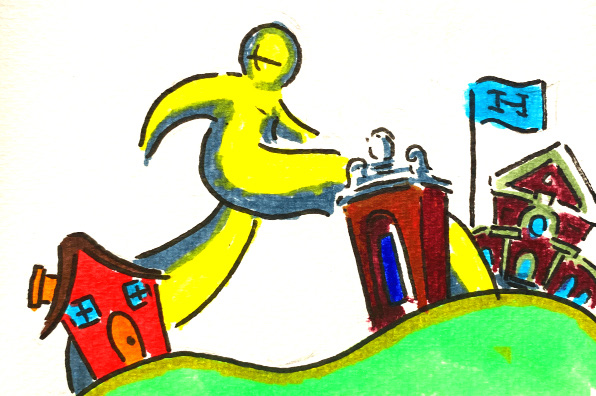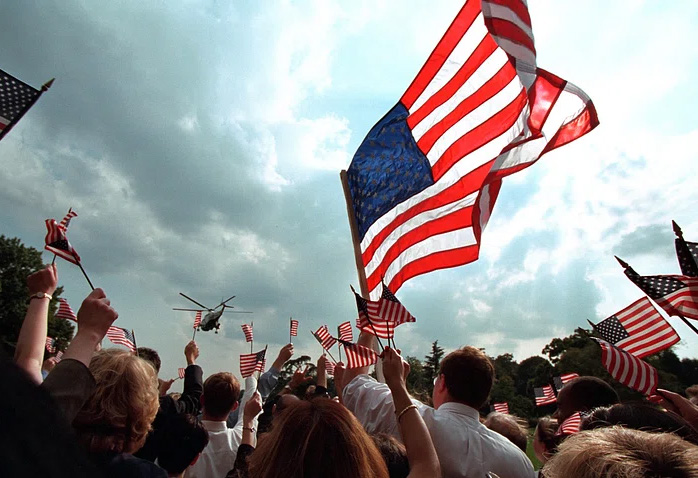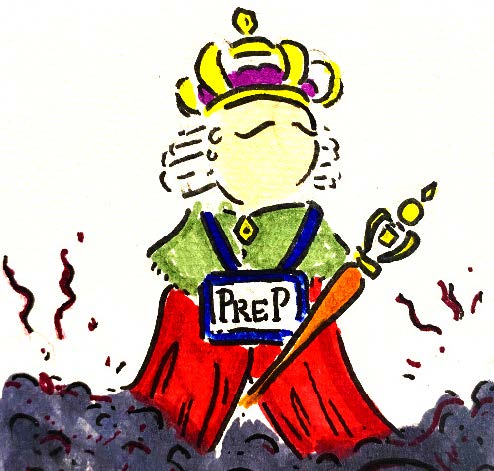Last summer, I traveled to Japan for a month. During the trip, I engaged with Japanese culture and took part in traditional taiko drumming. I participated in a matcha tea ceremony and wore traditional men’s kimonos.
At first, I was uncomfortable engaging with Japanese culture in these ways, for I feared I would be called a “culture vulture”—someone who cherry-picks elements from a marginalized culture for personal gain. But I soon realized that the locals I interacted with every day did not view my engagements with their culture as appropriation.
Their surprising embrace of my efforts to connect with Japanese culture made me ask: why is it problematic for non-African Americans to adopt aspects of African American culture? Why is it so controversial?
We must address one of the glaringly obvious answers, i.e., America’s history of racism toward non-white people. Since the beginning of American chattel slavery (and before that, if you include the trans-Atlantic slave trade), white Americans stripped African Americans of their cultural identities and established a white supremacist system that would oppress African Americans for centuries. As a result of being stripped of their African identities, Black Americans developed their own cultures despite the harsh reality of slavery, fought for civil rights, and navigated a country that socially and legally marginalized them.
Thus, it is no wonder that African Americans are particular about who they allow to partake in their culture, especially if the person who wishes to do so comes from the group that benefited from their oppression.
Take, for example, cornrows—neatly organized rows of tight braids bound to one’s scalp. Cornrows are not merely fashionable. During slavery, cornrows were not only one of African Americans’ last ways of holding on to the remnants of their African heritage, but some historians believe enslaved African Americans used cornrow patterns to communicate vital information and depict escape routes in ways that avoided detection by enslavers. Though cornrows are utilized contemporarily as a fashion statement and a symbol of Black pride, they have historical significance that transcends mere aesthetics.
Historically, Black culture has been treated as inferior. Black hairstyles have been deemed against dress codes in workplaces and schools, a fact that has led a number of states to adopt Crown Acts, which forbid discrimination against traditional hairstyles.
If you believe cornrows are merely trendy hairstyles to flaunt at Coachella without recognizing the centuries of history bound in those braids, then you are trampling on culture.
I think that cultural appreciation is acceptable, but not cultural appropriation. Appropriation involves taking an aspect of another culture and claiming it as one’s own, then subsequently making a mockery of it or failing to appreciate its deeper significance.
Culture has historic significance, so don’t pretend to be harmlessly curious when picking pieces from someone else’s culture for your aesthetic.
How do we properly appreciate cultures without crossing the line? Because cultural interactions can be polarizing, it’s crucial to research and understand the history and significance of any cultural element you wish to embrace. To appreciate Black culture respectfully, learn about its origins from Black-led resources, credit the communities and creators who shape it, and most importantly, don’t exploit culture for trends or costumes rather than valuing them as meaningful traditions.
So, sing Black songs, cook Black food, engage with Black art, but know your place, and if you don’t, don’t partake.





